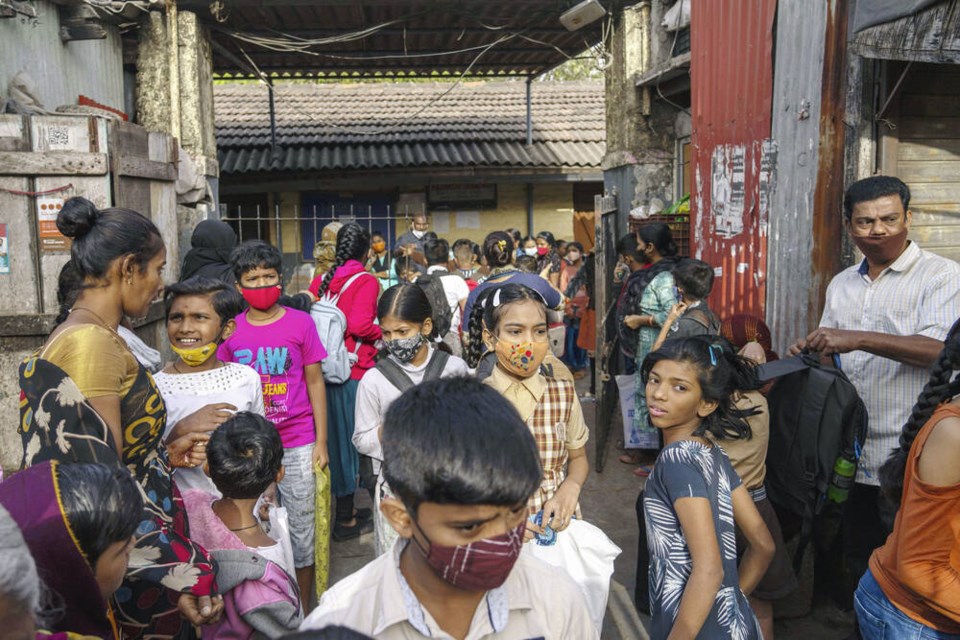Can the successes of one country’s education system be transplanted into another country’s schools?
India’s plan to do just that will be interesting to watch.
In 2015, Finland’s government created a platform called Education Finland with the task of exporting and marketing the country’s internationally successful education model, which is routinely near the top of the Organization for Economic Co-operation and Development’s Program for International Student Assessment (PISA) test.
The PISA test, administered every three years, is culturally adjusted and measures numeracy, science and literacy in 15-year-olds. About 600,000 students participate in 88 countries.
The Economist ranked Finland No. 1 in its OECD Educating for the future index (2019). The OECD also says Finland is No. 2 in the world for highest performing graduates (2019).
Education Finland works with a variety of Finnish companies that identify global education markets in interested countries. EF then establishes partner schools within those countries and provides a customized version of the much-celebrated Finnish pedagogy that fits the needs of those specific schools and countries.
One of the first countries to buy into the idea of importing and blending some aspects of Finland’s system of public education into its own systems is India.
What triggered this was the 2009 PISA, where Indian students from Himachal Pradesh and Tamil Nadu sat the PISA test with troubling results; India ranked 72nd out of 73 countries, outranking only Kyrgyzstan.
Of course, there is much more to be said about countries basing their education policy decisions on PISA results, but India’s results created a political uproar with the usual demands that “something must be done,” absent any clear definition of what that “something” might be.
Subsequently, India’s education policy makers looked to Finland and Education Finland’s marketing arm to investigate the possibilities of adapting Finland’s successes to India’s needs.
Very often — and this is especially true of school systems — innovation is a reflection of the enthusiasms, beliefs and customs of the culture that produced the innovation in the first place. Inevitably, there will be resistance on the part of those who were not involved in the development of the “new” idea, but who are required to accept it.
So it can be expected that advocates of education change in India will face significant challenges for a variety of reasons.
To begin with, Finland and India are two very different countries with different histories, cultures, mindsets, values and different levels of trust in public education.
India has 15 major languages and 844 dialects. Finland, on the other hand, is one of the most ethnically and culturally homogeneous countries in Europe.
Finns have incorporated ideas from Russia, elsewhere in Scandinavia and continental Europe, particularly in the arts, music, architecture and the sciences, but in each instance, these influences have evolved into a form that is typically Finnish.
For India to adopt some of Finland’s approaches to public education, there will need to be an understanding of the specific differences between the two cultures. India is a large and diverse country where every state has its own languages and traditions, and where socio-economic divisions as well as religion play important roles in the education system.
Modern education in India has been criticized for being based on memorization rather than problem-solving. The New Indian Express complained that students in the Indian education system seem to spend the majority of their time preparing for competitive exams rather than learning. BusinessWeek also criticized the Indian curriculum, saying it revolves around rote learning and cramming for exams.
Education in Finland, on the other hand, is very much a product of its harmonized and inclusive culture. According to Janet English, a former Fulbright Distinguished Awards in Teaching Program winner, the Finns have “designed an educational system to optimize learning for every child.”
Finnish students take only one standardized test throughout their adolescence, and it’s not graded by a computer, but by educators themselves. Taking the focus off testing and putting it on learning has had positive developmental effects on students, including emphasis on the development of critical thinking skills.
All that said, India is not the only country looking at Finland’s education system.
In Peru, the government is building 75 schools modelled on the Finnish experience, but with certain caveats. “Systems in one country cannot be copied as such,” says Jouni Kangasniemi, program director at Education Finland. “However, many good practices can be exported and adapted in another environment.”
Will India’s attempt to adapt Finland’s system work? Time will tell, but as change guru Stephen Covey wrote: “Strength lies in differences, not in similarities.”
gfhohnson4@shaw.ca
Geoff Johnson is a former superintendent of schools.



